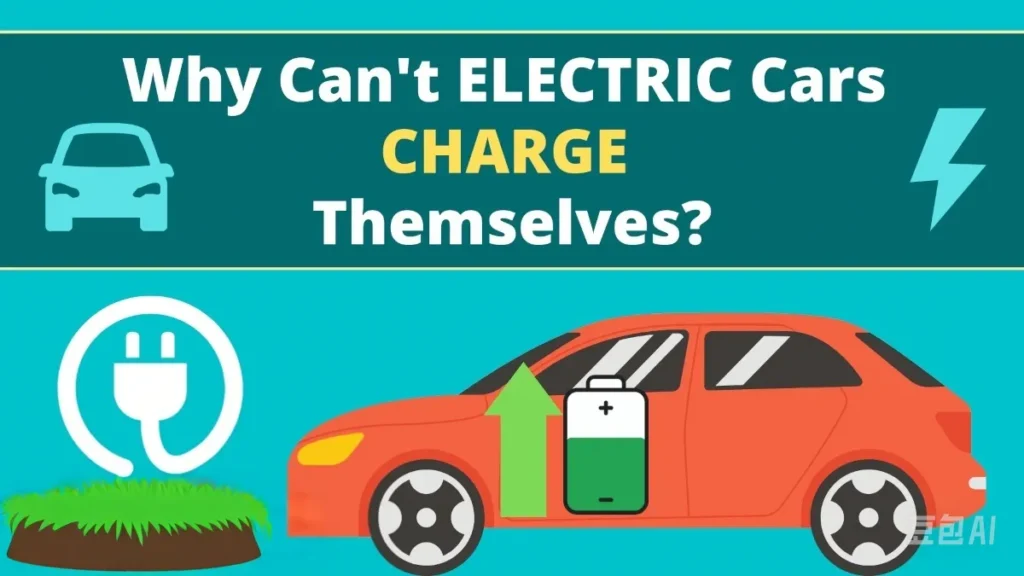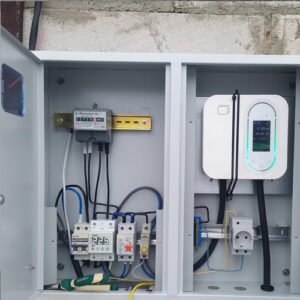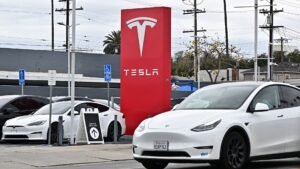Why can’t electric cars charge while driving?
In fact, the function of charging while driving has not yet been realized, but there is a regenerative braking technology that can convert part of the driving capacity into electrical energy storage through an inverter.
In addition, some car manufacturers have tried to charge electric cars while driving through solar panels, but because the conversion rate of solar energy is too low, the function of charging while driving has not been realized. In addition to these two main reasons, there are some other reasons why the function of charging while driving electric cars has not been realized:
Insufficient infrastructure
The current charging function of electric vehicles mainly depends on homes or charging stations, so there are no mobile charging facilities designed for use while driving. It may be theoretically feasible, but it will cost a lot of money to improve the infrastructure.
Structural limitations
If electric vehicles need to realize the function of charging while driving, then energy storage equipment must be installed, which may cause the original design structure of the car to be completely overturned and rebuilt. The time and energy consumed by the entire project is undoubtedly very huge.
Safety issues
Now many electric vehicles have a fast charging rate of 7kw or 22kw, and if you want to charge while driving to reach such a high current, it is also a very big challenge for existing battery technology.
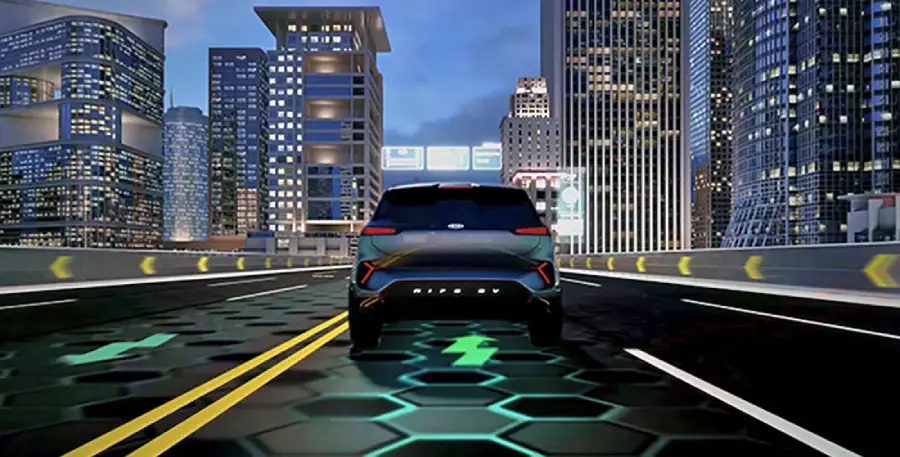
Is regenerative braking technology considered self-charging?
If we look at it from a broad perspective, although regenerative braking technology does not provide much power, it is also considered a form of self-charging. It can usually increase the range by 10%-20%, so in some ways, this increased mileage helps us find a suitable charging place before the battery runs out.
Is it possible for electric vehicles to self-charge in the future?
Although it has not yet been realized that electric vehicles can charge while driving, electric vehicle experts have been exploring this possibility. At present, we have found some relatively mature solutions. Let’s take a look:
Mobile charging robot
In 2019, Volkswagen Group explored the concept of a mobile charging robot. These robots are parked in a dedicated location in advance. When charging is needed, the driver can summon the robot to charge through the mobile phone app.

If this concept is successfully applied, then we can further imagine that we can connect with this charging robot during driving, so as to realize the possibility of charging while driving.
It is worth mentioning that this concept may be too difficult to realize. At present, Volkswagen has deleted all the content about automatic charging robots from its official website.
Wireless charging
This is the most likely charging technology to be realized, and it has been widely used on mobile phones. Through electromagnetic induction technology, the current is transmitted from one coil to another.
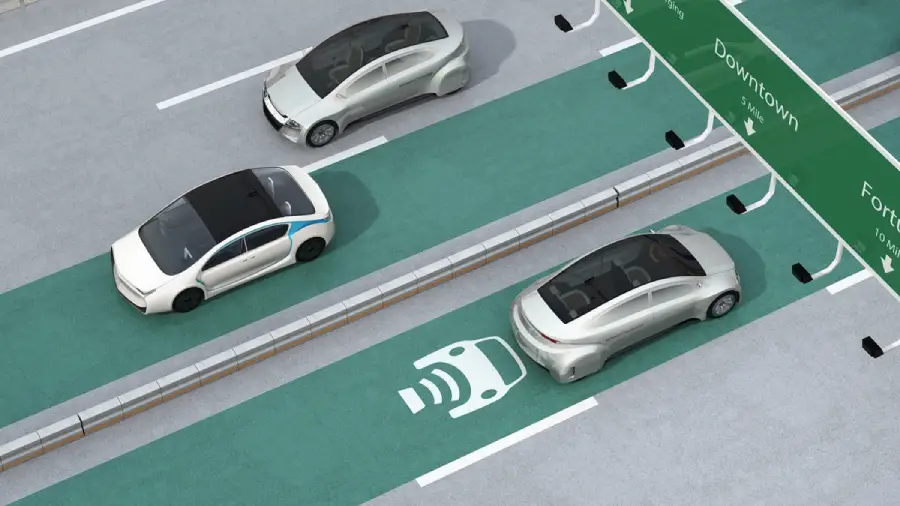
Then, its prototype is like a maglev train, except that the track is replaced by a road. It is reported that BMW, Tesla, Mercedes-Benz and other car companies are already exploring this charging method, and it may take a long time before it can be put into practical application.
Wind charging
By adding multiple turbines, the car can generate huge wind energy while driving. These wind energies are used to operate the generator to generate electricity. It is reported that Mercedes-Benz has produced a prototype of a car driven by wind.
However, the problem that still exists is that the weight of the turbine is too heavy, which will cause the car to slow down; in the conversion of current, unstable AC is first formed, then it needs to be converted into DC through a rectifier, and finally converted into AC through an inverter. The whole process has very high power loss.
Solar charging
Solar charging cars have actually been around for many years. However, due to the low utilization rate of solar energy and the slow charging speed, their practicality is not high.
Summary
In summary, at present, only regenerative braking technology is a relatively reliable way for electric vehicles to charge while driving. However, the amount of electricity charged by this method is low and can only provide a small amount of driving range. As for other self-charging forms, there are still various problems and they have not been widely used. We still need to wait.

